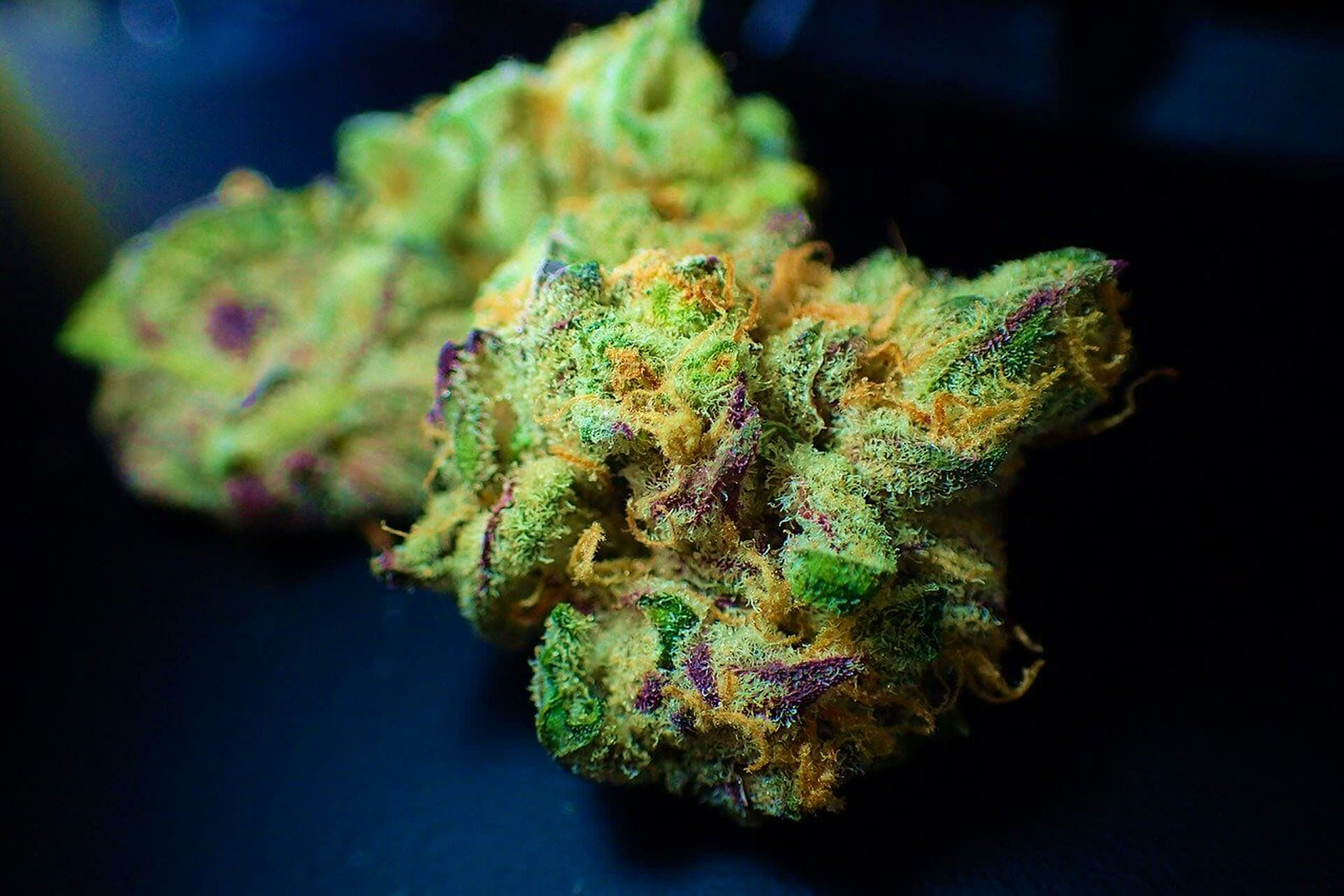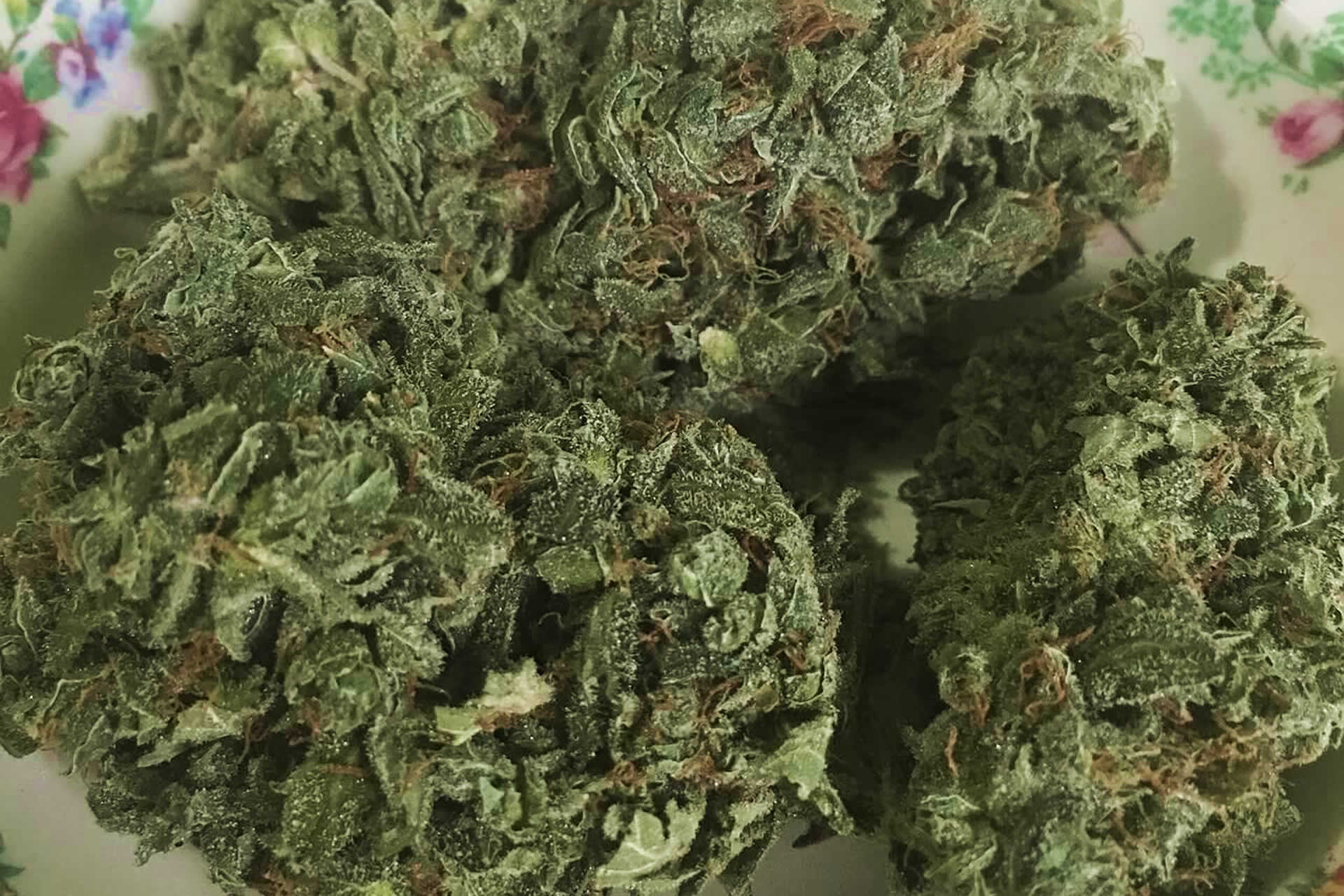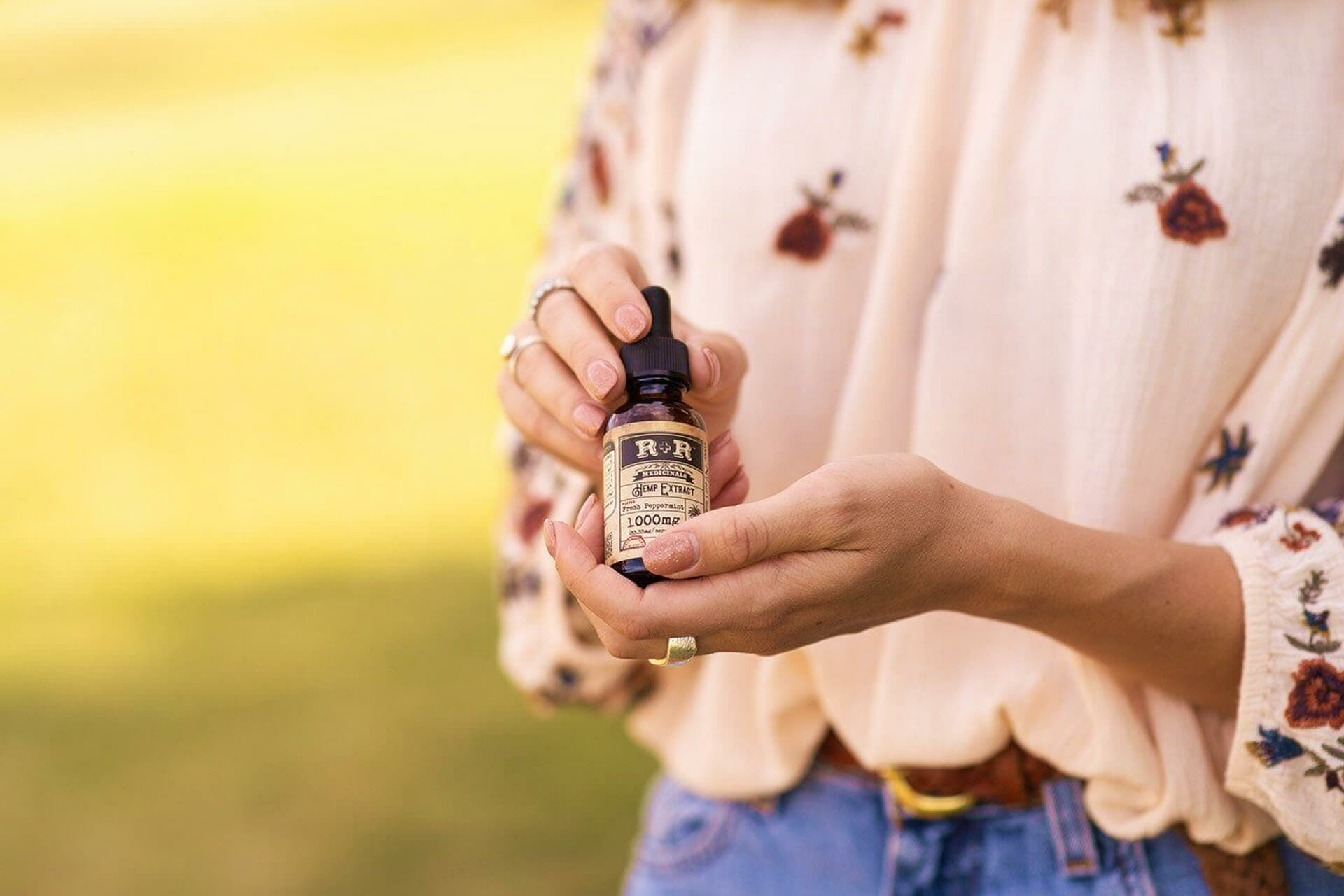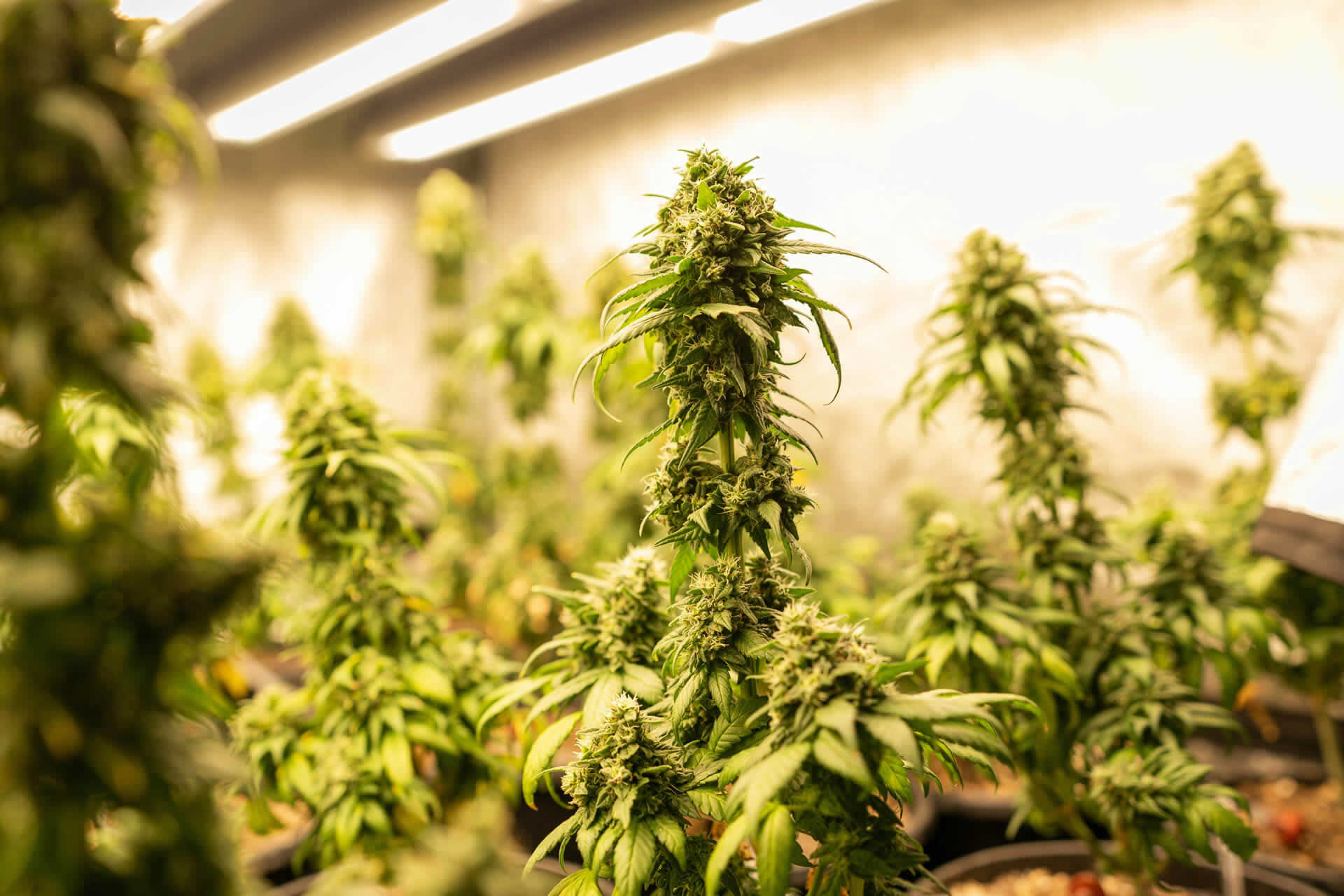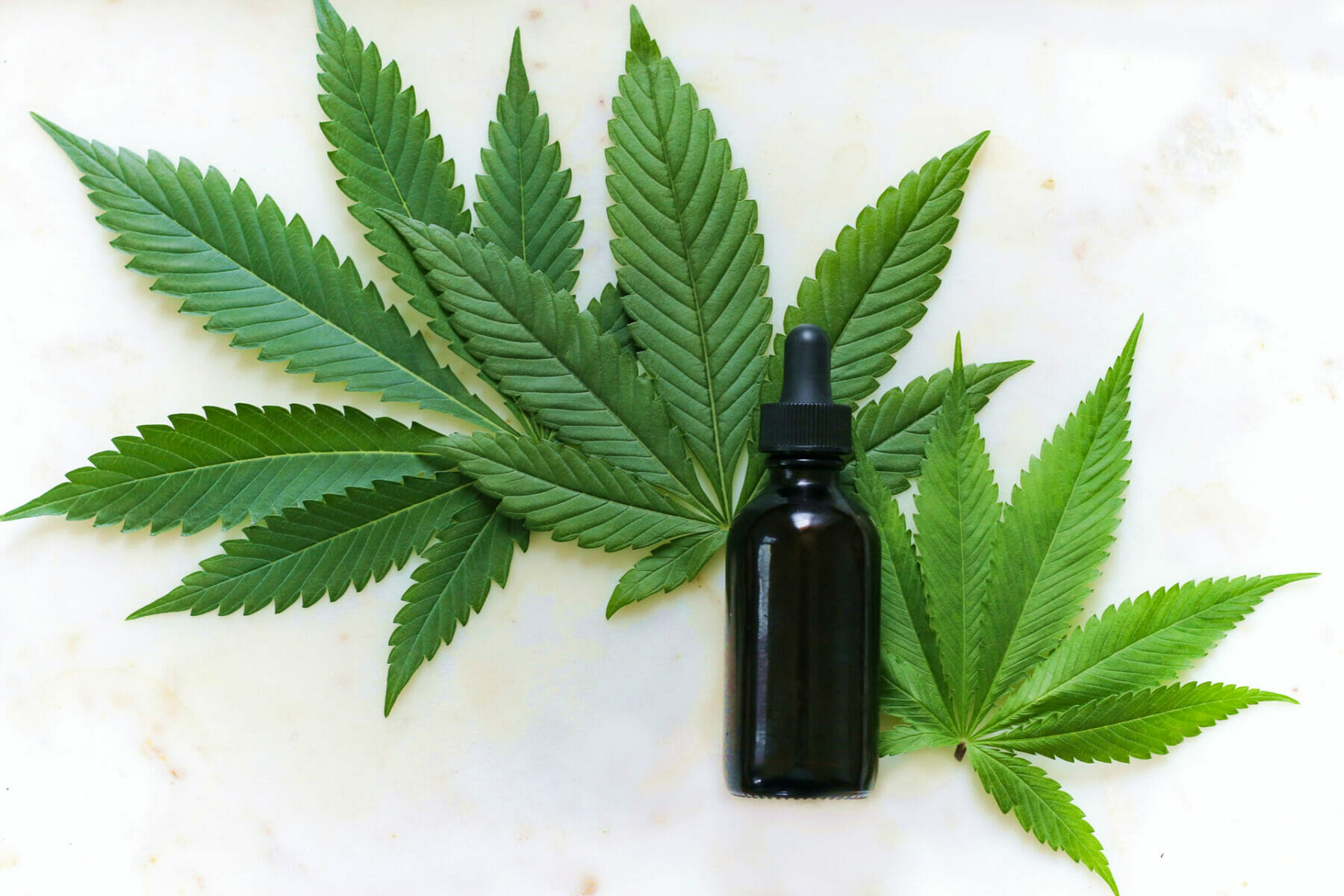Ruderalis - What Is It And How It Differs From Sativa And Indica
Ruderalis - What Is It And How It Differs From Sativa And Indica
How Is It Different From Cannabis Sativa and Indica? What Is It?
The Cannabis Ruderalis Strain Uncovered
Most of you are undoubtedly familiar with Sativa and Indica, which are the two primary varieties of marijuana. However, did you know that there is a third form of cannabis known as Cannabis Ruderalis? This cannabis sub-strain is extremely durable and can withstand even the most severe weather conditions.
Furthermore, its auto-flowering features have made it into the grower's market. This article will look at the history of cannabis Ruderalis, its characteristics, and if it has any psychoactive qualities.
What Is Cannabis Ruderalis, And What Does It Do?
Cannabis ruderalis was once considered an ancestor of other Cannabis cultivars, but it is now recognized as a separate species. Ruderalis is a resistant cannabis species that may grow wild in Central Asia and Russia. It's also a popular choice among cannabis breeders, who have been known to mix ruderalis with other species to develop hybrids with some of the species' features, such as auto-flowering.
Cannabis ruderalis is much smaller than indica and Sativa. Ruderalis is the tallest of the three main cannabis species, with fewer side branches with smaller palmate-shaped leaves.
Ruderalis produces fewer flowers than other cannabis varieties because of its small structure and confined branches. While this may be a drawback for some, the smaller size of ruderalis makes them an excellent alternative for medicinal cannabis users who want to cultivate their plants at home. In addition, unlike other species, ruderalis plants do not require specific illumination, making them excellent for individuals who wish to grow plants outside at any latitude.
Cannabis Ruderalis's Historical Background
Cannabis ruderalis was developed thousands of years ago in Asia, Central and Eastern Europe, and Russia, where it is still grown like a weed. The name "ruderalis" comes from the word ruderal, which pertains to a plant species that was the first to colonize territory that people had damaged. Wild ruderalis can still be found growing in high-traffic locations like highways.
Cannabis ruderalis was initially categorized in 1924 when Russian scientist D.E. Janischewsky spotted a plant with an unusual shape and seed compared to other previously classified cannabis plants while studying cannabis.
What Does It Mean When Ruderalis Is Autoflowering?
Unlike other cannabis species, ruderalis is "auto-flowering," which means it will shift from the vegetative to flowering phase regardless of the light cycle.
The flowering period is essential for medicinal cannabis patients since cannabis plants produce flowers that contain high quantities of cannabinoids and other helpful components. There is regardless of how much light or dark there is. Modern ruderalis plants will bloom on their own in 3 to 4 weeks.
On the other hand, sativas and indicas do not bloom on their own. Instead, they "photoperiod," which means they'll only start producing blooms after being exposed to at least 12 hours of darkness each day. With photoperiod plants, growers must often change the lighting conditions to initiate flowering.
After originating far north of the equator, where light cycles are confined and regularly changing, it is thought that ruderalis developed the capacity to autoflower.
It implies that, unlike photoperiod plants like Sativa and indica, which can only blossom under-regulated indoor settings with hours of light and darkness. Ruderalis plants can grow anywhere and produce blooms all year, even if there's a low chance of sunlight in the winter.
Cannabis Ruderalis And Its Side Effects
Cannabis ruderalis contains a higher concentration of cannabidiol (CBD), a non-psychoactive cannabinoid that has gained popularity in recent years. It also generates a small amount of tetrahydrocannabinol (THC), the psychoactive molecule responsible for the joyful high.
There are around 100 cannabinoids in cannabis, with CBD and THC being the most essential. Cannabinoids have been discovered to interact with the endocannabinoid system's cannabinoid receptors, assisting in adjusting neurotransmitter release in the brain to maintain the body's activities in balance.
Cannabis ruderalis is a popular choice among users who want to get the advantages of the cannabis plant without experiencing the euphoric experiences that are commonly associated with cannabis use since it is high in CBD and low in THC.
Breeders have found that crossing ruderalis strains with Indica and Sativa to develop auto-flowering hybrids with more significant amounts of CBD has been advantageous because of the high concentration of CBD in ruderalis strains. Sativas, for example, can become excessively tall indoors, but when crossed with ruderalis strains, they become more manageable.
Conclusion
Because of its low THC content, Ruderalis was thought to be useless to recreational consumers. However, breeders tried their hardest to combine the best of both environments, creating autoflowers that could grow from seed to harvest in a matter of weeks.




